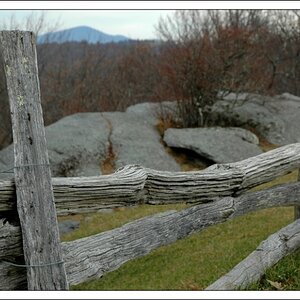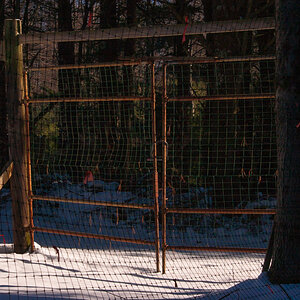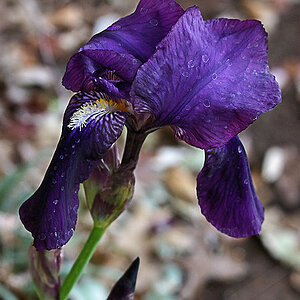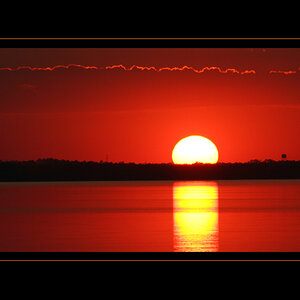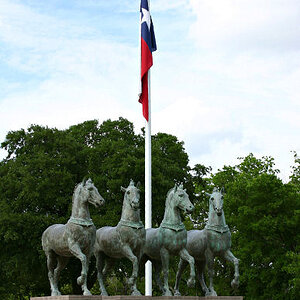starscream59
TPF Noob!
- Joined
- Nov 26, 2012
- Messages
- 50
- Reaction score
- 11
- Location
- Akron Ohio
- Can others edit my Photos
- Photos OK to edit
Astrophotography is something that has long since peaked my interest. I've always wanted to attempt it, but I'm unsure where to start. I currently have a Nikon D7000, but I was looking for rather inexpensive telescope that would allow me to get my feet wet and experiment with the concept. I was wondering if anyone had any suggestions where to start? I've seen reflector telescopes starting from very inexpensive all the way to several thousand dollars.



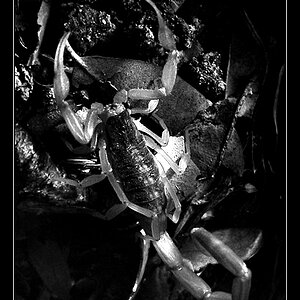
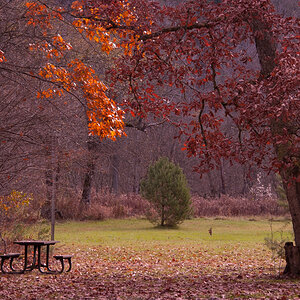
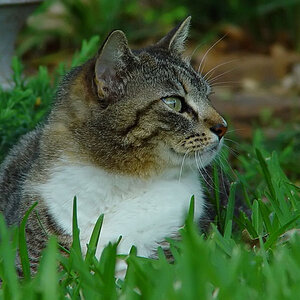

![[No title]](/data/xfmg/thumbnail/30/30858-42113a4c092a5983afa30e5c35cce4d0.jpg?1619734478)
